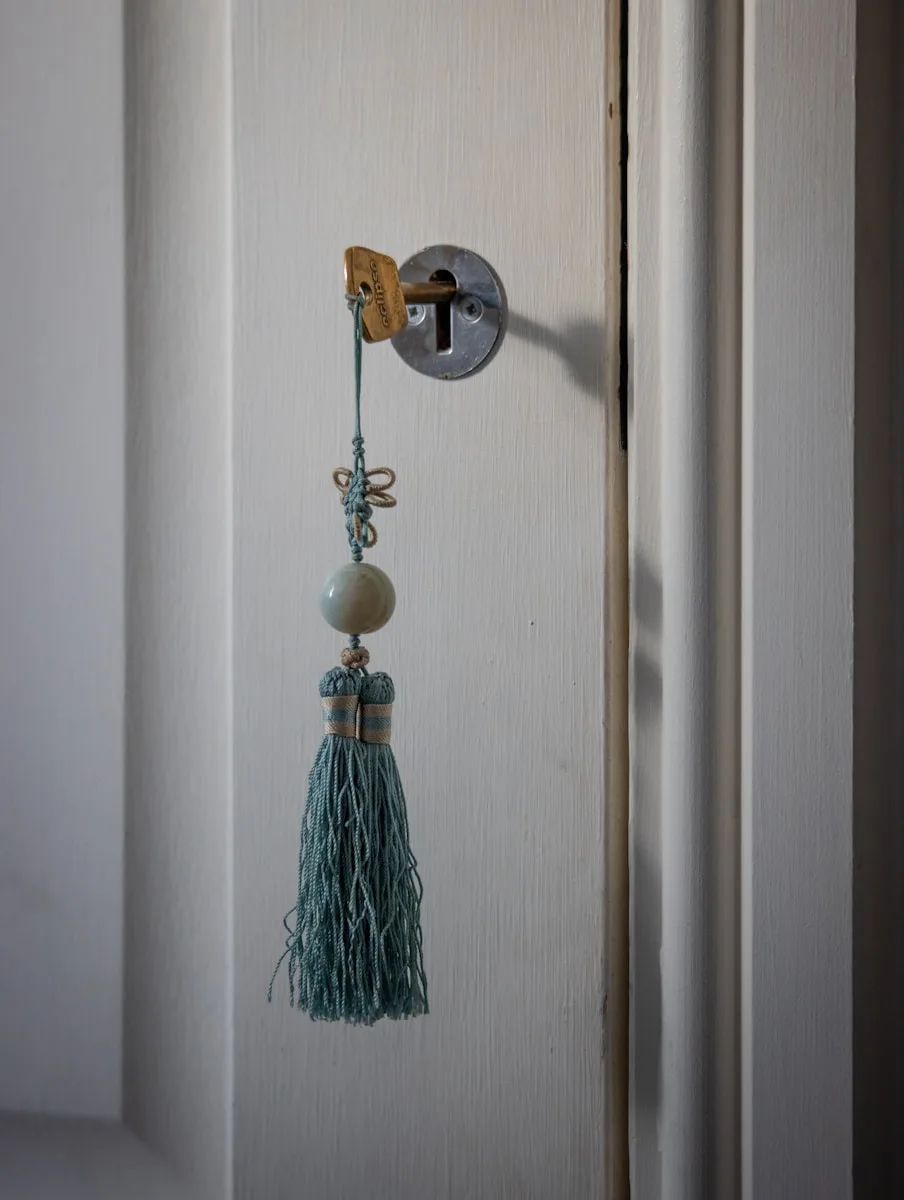
Table of Contents
A broken key inside the lock can be an annoying and difficult situation. Whether it’s a contemporary lock or an ancient, rusty one, it can happen to anyone. But you don’t need to worry or call a locksmith right away. Using the right techniques and tools, you can save time and money by removing a damaged key from a lock yourself. Ditto.
How to Remove a Key That Broke in a Lock: 5 Tricks to Avoid Disassembling Everything
A broken key in the lock can seriously ruin your day. Whether it’s your home, vehicle, business, or anything else, you’re screwed. Before wasting time and money calling a locksmith, try removing your damaged key yourself using any of these techniques. First of all
Read More: Woman shows how to change duvet cover in 90 seconds
1. Needle Nose Pliers

One of the simplest and most commonly used procedures is to use needle-nose pliers to remove a broken key. Using pliers, grasp the part of the key that protrudes from the lock to start. Carefully and gently pull the key out the same way it rotates to unlock. Avoid using excessive force if the key is stuck, as this may worsen the problem. Press steadily and gently until the broken key comes out completely.
2. Super Glue

A little super glue can work wonders when removing a damaged key. Take a thin, durable instrument like a toothpick or bobby pin and apply some glue to the end of it. Gently press the bonded ends of the object against the broken key by inserting it into the lock. Allow the glue to cure for a short time, so that the item and key are permanently attached. Using the item, remove the key carefully and slowly. This approach requires patience and precision, to avoid jamming the key in the lock.
3. Jigsaw Blade

A jigsaw blade can be an effective tool if a broken key element is stuck inside the lock. Place the broken key in the lock and place a small, fine-toothed jigsaw blade next to it. The blade should be adjusted in such a way that it catches on the teeth of the key. Slowly pull the blade and attached key together. Be careful to avoid any damage and possible injury to the lock.
Read More: Why Do Oven Doors Shatter and How to Prevent It?
4. Lock Lubricant

Rust or other debris in the lock mechanism can occasionally trap a damaged key. In these situations, applying lock lubricant can help loosen the key and remove it. To access the lock, spray a small amount of lock lubricant into the keyhole and let sit for a few minutes. With a damaged key, carefully insert a thin object—a paperclip or a thin screwdriver—into the lock. To release the key, rotate it and then carefully pull it out. Using the wrong lubricant will damage the internal components of the lock; Use a lubricant specifically designed for locks.
5. Bump Key

A bump key is a specially made key that is capable of removing a broken key from a lock using force. To use this approach you will need a bump key that matches the type of lock you have. After inserting the bump key into the lock, tap it lightly with a hammer or other similar tool. A broken key will pop out and loosen due to collision. To avoid further damage to the lock or accidents, this technique has to be used with care and precision. (2)
Final Thoughts
Although breaking a key from a lock can be annoying, you can avoid having to disassemble the lock to get the key by using the right techniques and tools. It is important to remember that these techniques may not always be effective, as they depend on the specific lock and key. To avoid any potential damage to the lock or injury to yourself, it is always best to seek the help of a professional locksmith if you are unsure or do not feel comfortable attempting the process yourself.

